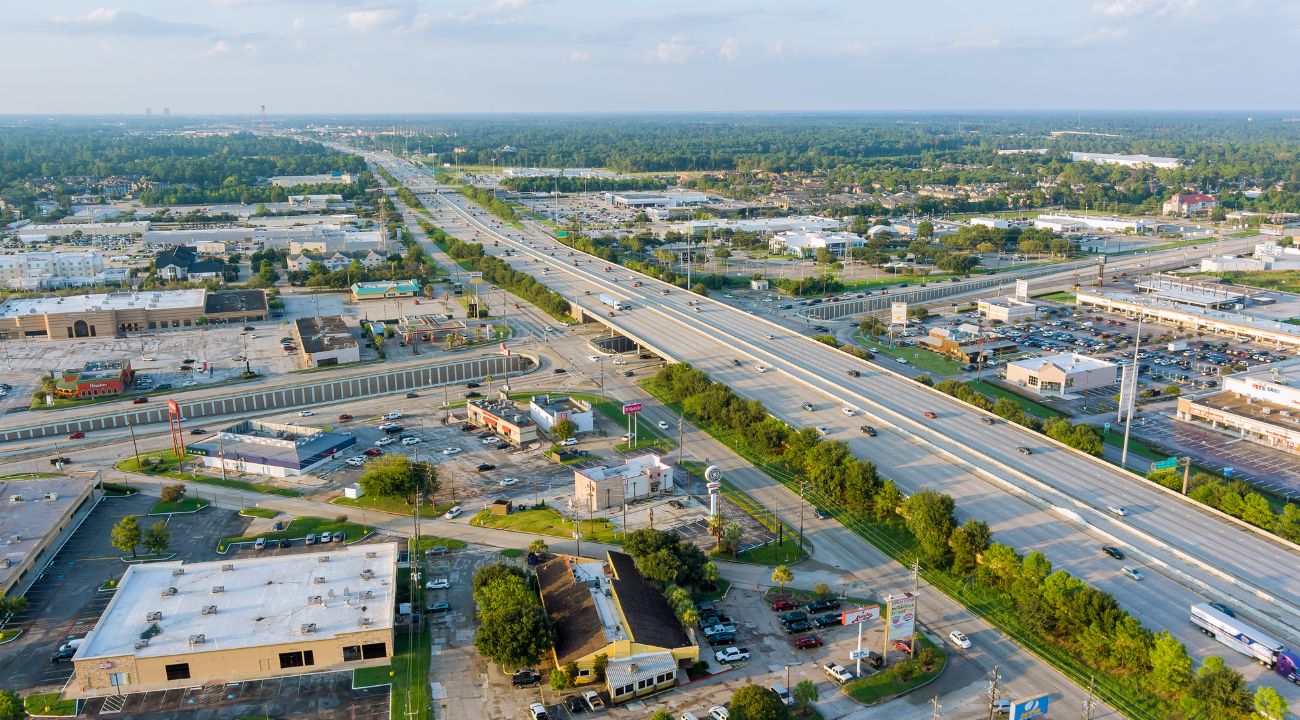Practice Alert Driving Around Houston’s Accident Prone Areas
“The Term Accident Prone Areas”
Accident-prone areas, as their ominous name suggests, are zones where accidents occur with alarming frequency. These hotspots of vehicular mishaps are not just random occurrences; they are often the result of a complex interplay of traffic volume, road design, and human error. Understanding the accident-prone areas in Houston is crucial because they challenge drivers to be more alert and aware.
The risk of an accident is compounded by the fact that these zones can change over time, affected by construction, traffic pattern alterations, and urban development. In Houston, a city known for its expansive freeway system and aggressive driving culture, recognizing and adapting to these dangers is a daily reality for many motorists.
Staying Vigilant on Houston’s Roads
Houston is a city constantly on the move, with an intricate network of highways and byways that serve as lifelines for commuters and travelers alike. However, this constant motion brings with it a heightened potential for vehicular catastrophes. Staying vigilant while driving is not just about personal safety; it’s about communal responsibility. Each driver’s actions can have a ripple effect that impacts the well-being of fellow road users.
According to the Texas Department of Transportation, one person is killed every 2 hours and 25 minutes on Texas roads, and one reportable crash occurs every 56 seconds. In addition to the emotional and physical trauma, the financial implications of road accidents can be devastating.

Accident Prone Areas in Houston
Identifying Accident-Prone Areas in Houston
Houston’s sprawling urban landscape is dotted with areas notorious for frequent collisions. Several studies and reports highlight intersections and roadways such as:
-
High-Crash Intersections: These intersections see a statistically high number of accidents. Some rankings based on recent data show the following intersections as particularly dangerous:
- Beltway 8 and Genoa Red Bluff Road
- SH-249 and FM 2920
- Several intersections along Beltway 8 and other major highways
-
High-Accident Roads: These roads have a higher-than-usual frequency of accidents. Here are some frequently mentioned roads:
- I-10 (considered one of the most dangerous interstates in the US)
- Highway 6
- Westheimer Road
- Sam Houston Parkway
- Numerous others scattered throughout Houston
These accident-prone areas in Houston often experience a mix of heavy traffic, speeding, and sudden lane changes, which contribute to their hazardous nature.
Apart from these infamous spots, there are also lesser-known areas that might not make the headlines but are equally dangerous. Residential neighborhoods with inadequate signage, school zones with unpredictable pedestrian movement, and rural roads with sharp bends and limited visibility all require acute awareness from drivers.
Common Causes of Car Accidents in Accident-Prone Areas
The causes of car accidents in these high-risk zones are manifold, but they often boil down to a few recurring themes.
-
- Distracted Driving: With the rise of mobile devices, more drivers are taking their eyes off the road to send a text or scroll through social media, leading to a split-second lapse in concentration that can have catastrophic consequences.
- Speeding: Despite posted limits and the obvious dangers, many drivers succumb to the temptation to accelerate beyond safe velocities, reducing their reaction time and increasing the severity of collisions.
- Violent driving: Negligent behaviors such as tailgating, weaving through traffic, and ignoring traffic signals exacerbate the risks. These actions not only endanger the aggressive driver but also intimidate and unsettle other drivers, potentially causing them to make hasty and dangerous decisions.
Yield the right of way when it’s safe to do so, and don’t engage with drivers who display road rage. Keeping a level head and not taking the bait can defuse potentially volatile situations and keep you safer on the road.
How to Report Dangerous Road Conditions in Accident-Prone Areas
When you encounter hazardous road conditions such as potholes, unmarked construction, or malfunctioning traffic signals, it’s important to report these issues to the appropriate authorities. In Houston, this can be done through the city’s 311 service or by contacting the Texas Department of Transportation (TxDOT).
Reporting is a civic duty that can prevent accidents and save lives. When calling or submitting a report, be as specific as possible about the location and nature of the hazard. Include cross streets, landmarks, and any other relevant details that can help crews locate and address the problem quickly.
Hurt in a Car Crash in an Accident-Prone Area? Don’t Hesitate to Seek Legal Help
If you find yourself involved in a collision in one of the accident-prone areas in Houston, it’s important to consider seeking legal assistance. When choosing an intersection accident lawyer, look for someone with a proven track record in handling car accident cases. An experienced intersection car accident attorney can help you navigate the complexities of insurance claims, medical expenses, and potential litigation.
Right after an accident, ensure that you document everything. Take pictures of the scene, exchange information with other parties involved, and gather contact details from witnesses. This information will be invaluable if you need to file a claim or defend yourself in court.
Taking Responsibility for Road Safety in Accident-Prone Areas
As we traverse accident-prone areas in Houston, it’s incumbent upon each of us to take responsibility for our actions and their potential impact on others. Avoiding car accidents, especially in accident-prone areas in Houston, is not solely the duty of traffic engineers or law enforcement—it’s a collective effort that demands vigilance, preparedness, and a commitment to defensive driving practices.
By understanding the risks, identifying danger zones, and adopting safe driving habits, we can all contribute to reducing the frequency and severity of car accidents in our city. Let’s work together to ensure that our roads are safe for everyone, from the daily commuter to the visiting traveler.

